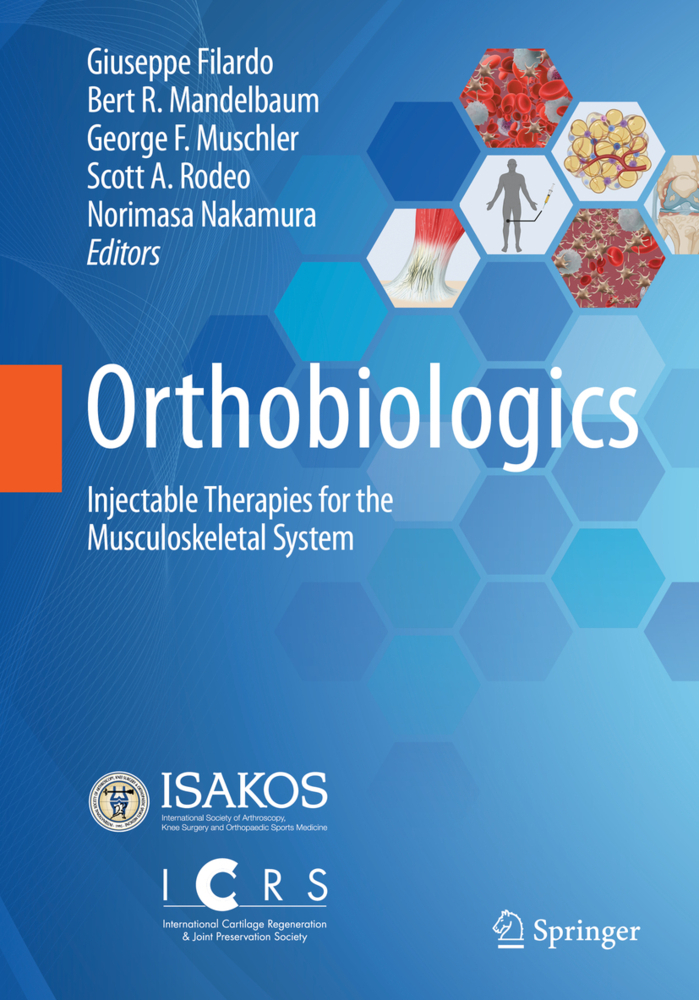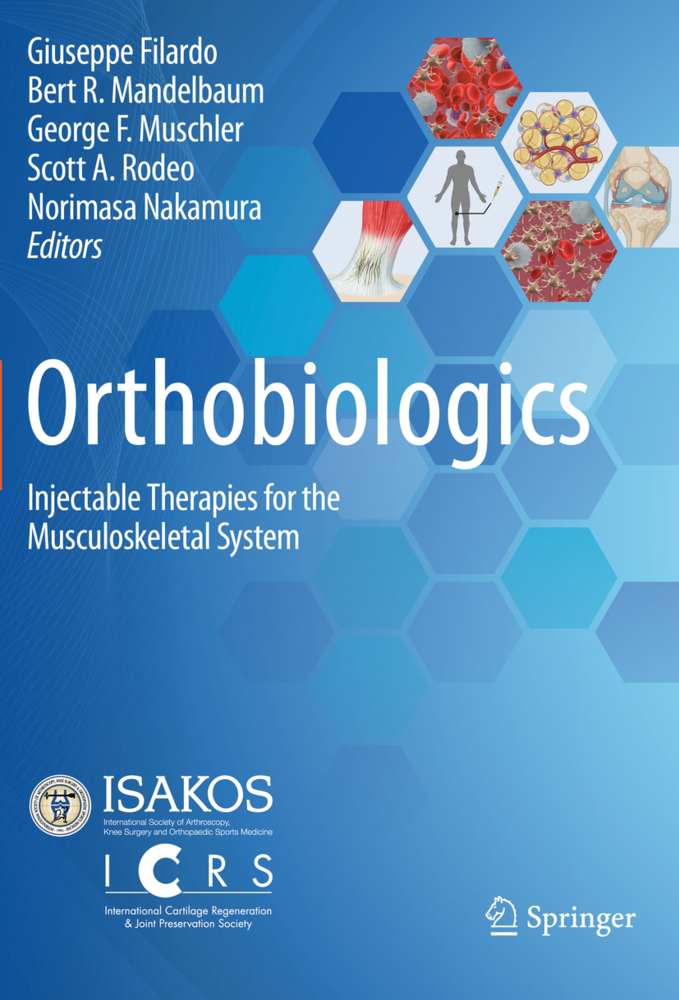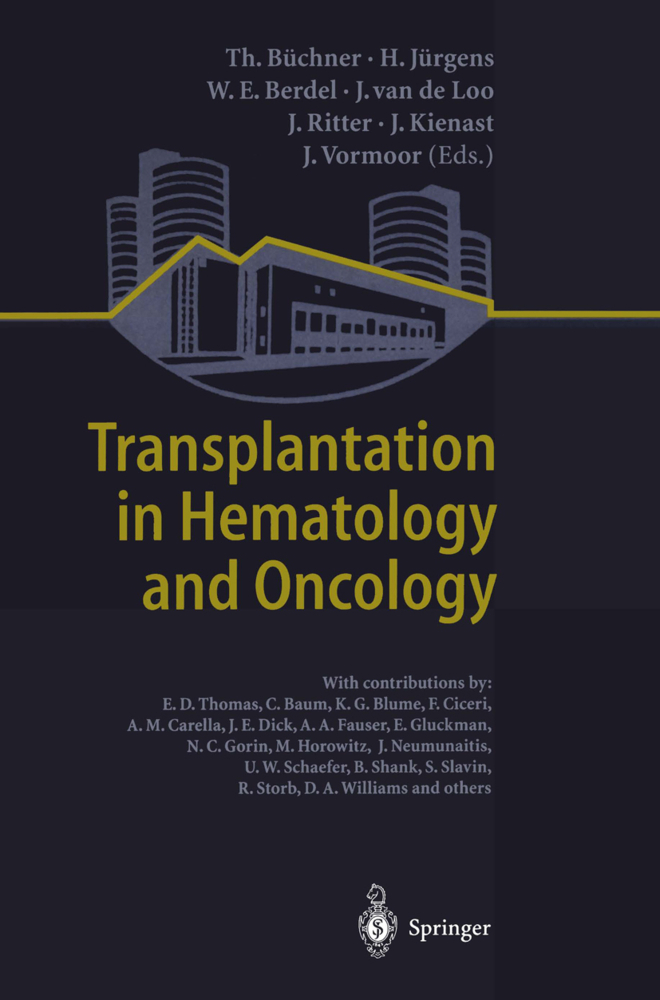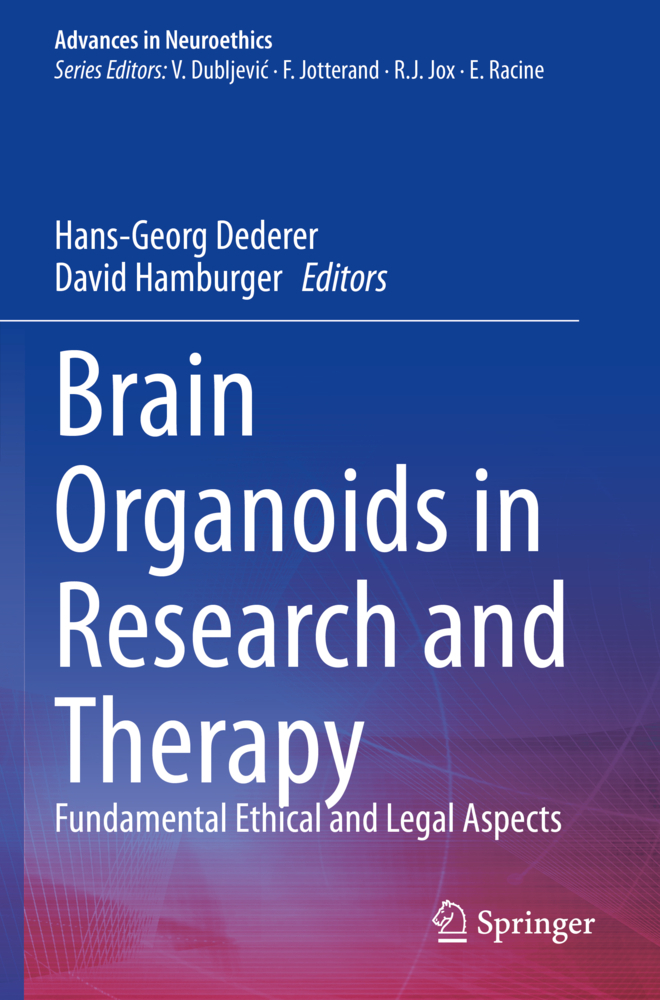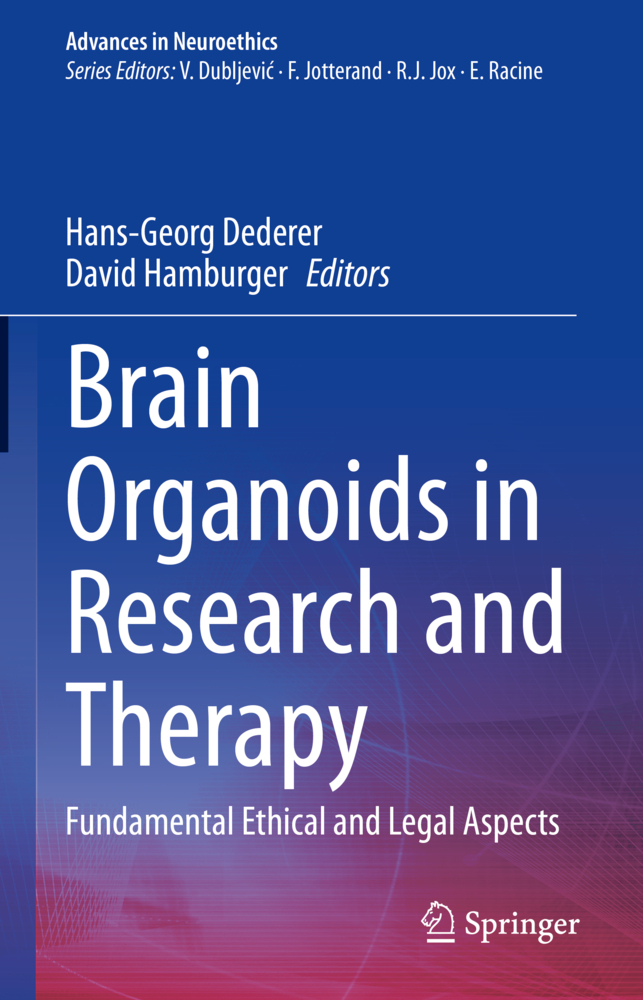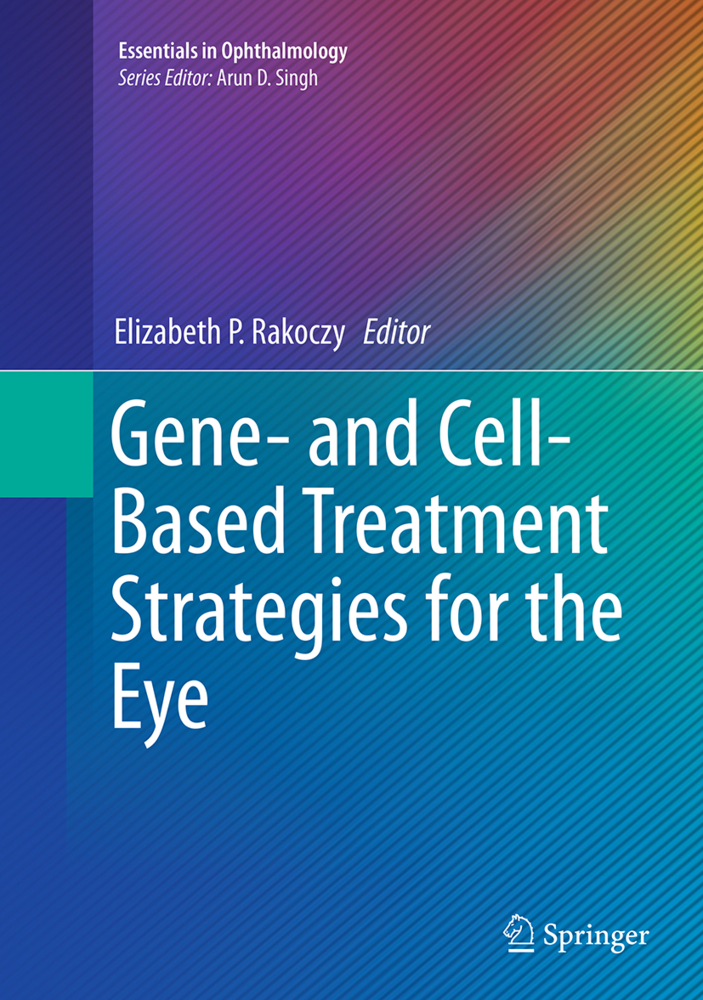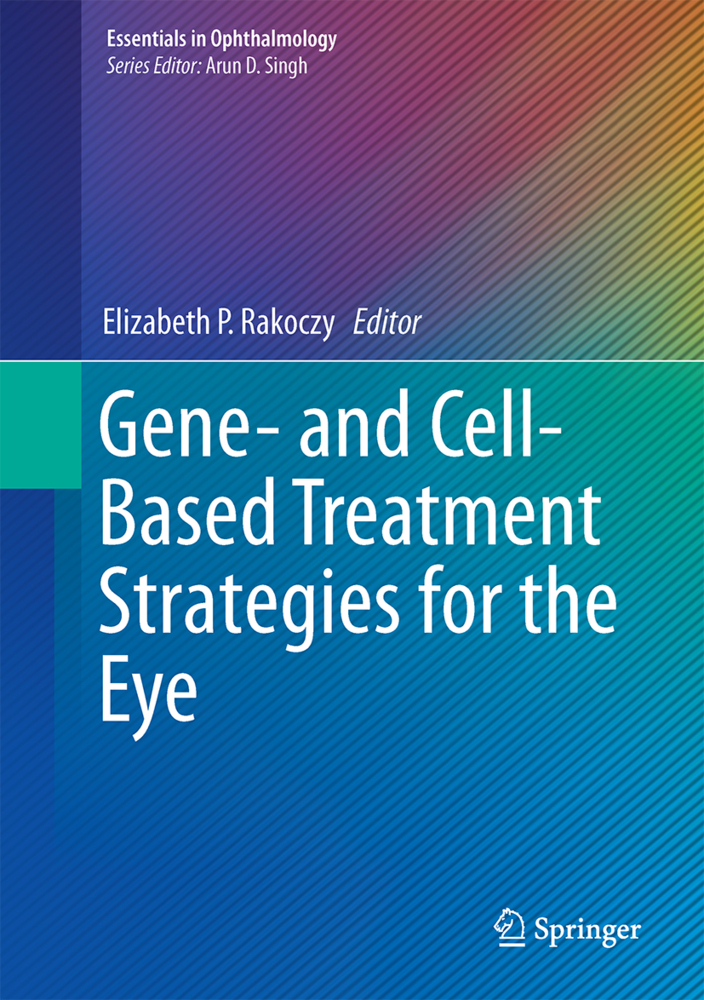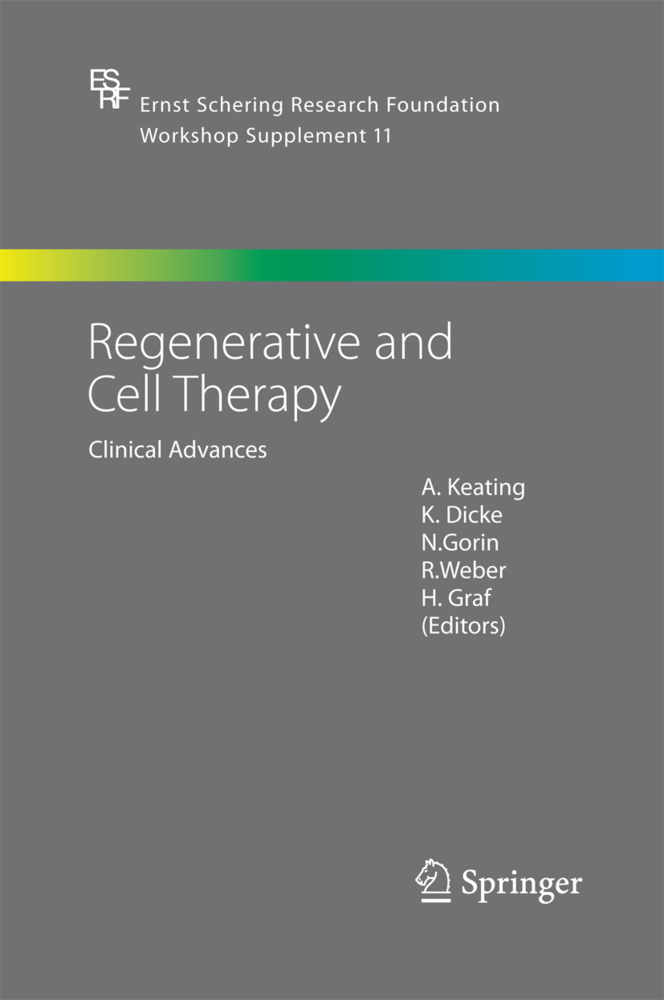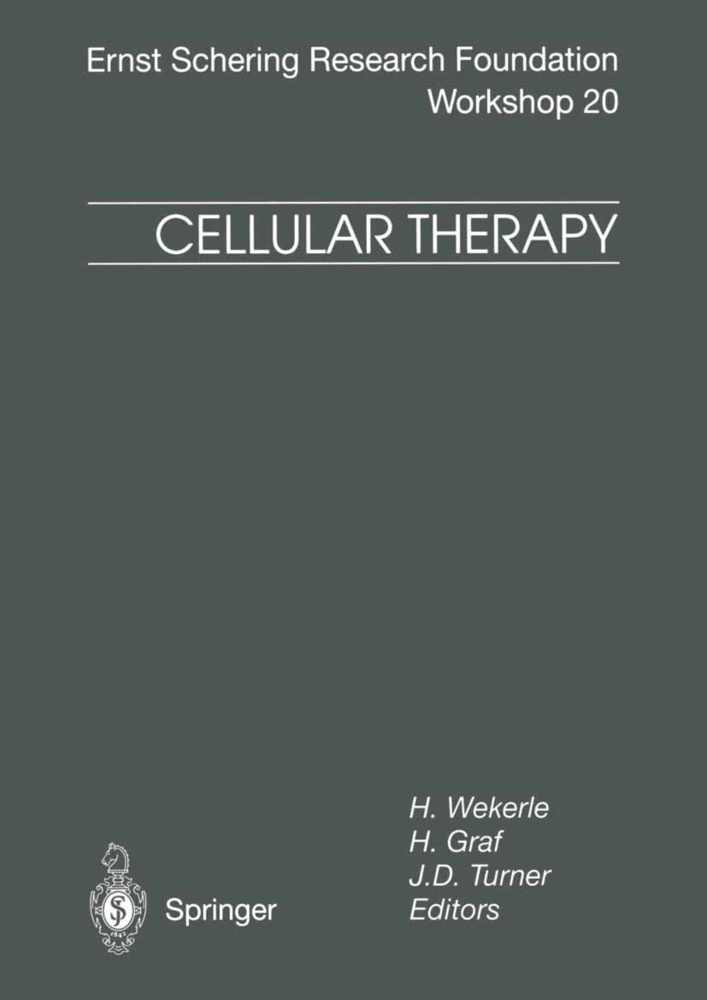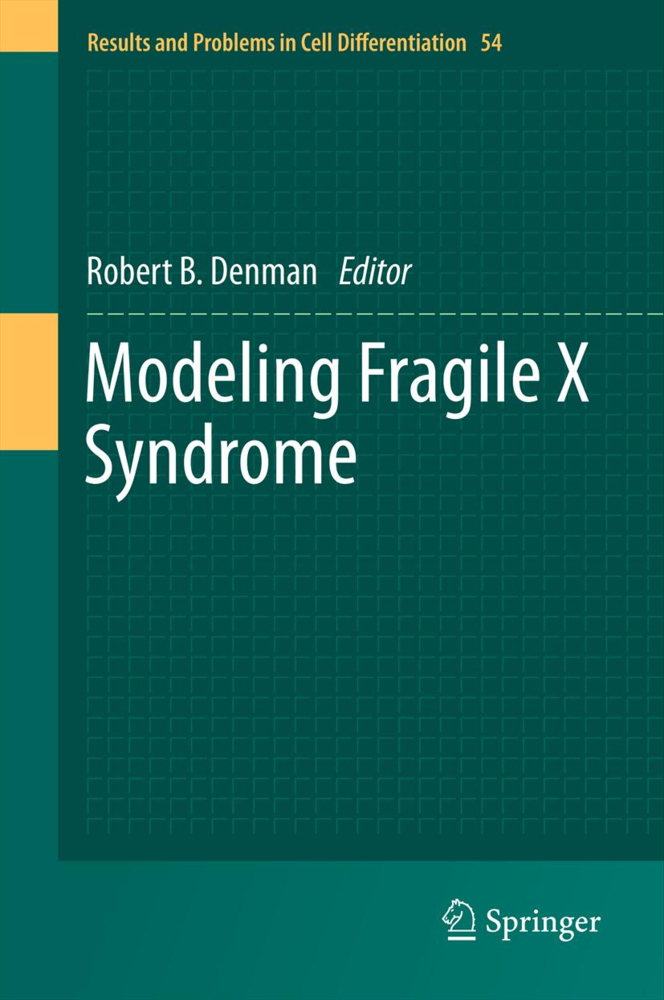Orthobiologics
This book presents the evidence related to the use of injectable biologics to provide faster and better healing for musculoskeletal lesions and conditions. The authors discuss approaches, such as blood derivatives and cell concentrates, applied to lesions of muscles, ligaments, tendons, bones, meniscus and cartilage, as well as osteoarthritis. Chapters are written by some of the most influential opinion leaders in the field, with up-to-date review of the current literature, where the authors explore both the potential and the limitations of these minimally invasive and promising treatments.
The first section is devoted to the formulations and rationale for the use of injectable orthobiologics, while the second section reviews current treatment methods applied to specific joints and pathologies - ranging from tendinopathies through non-unions to articular degenerative processes - as well as the results of these treatment approaches. The third section explores future perspectives, such as pluripotent stem cells, gene therapy, and the stimulation of intrinsic stromal cell niches. Appealing to a broad readership, this book will be of interest to both laboratory research scientists and clinicians, including orthopedists, sports physicians, physiatrists, and regenerative medicine experts.
I. Injectable OrthoBiologics: Formulations and Rationale 1. Bone marrow-derived cultured stromal cells and Bone Marrow Concentrate
2. Adipose-derived cultured stromal cells and Stromal Vascular Fraction from adipose tissue.- 3. Synovial-derived cultured stromal cells
4. Amniotic, Placenta, and Umbilical cord-derived cultured stromal cells.- 5. Allogeneic cells: pros and cons
6. Steroid hormones
7. Cytokines, chemokines, alpha-2-macroglobulin, growth factors
8. Platelet-rich plasma: leucocyte-rich, leukocyte-poor, autologous conditioned serum, autologous protein solution
9. Amniotic tissue extract, placenta tissue extract
10. Extracellular vesicles (exosomes)
II. Injectable OrthoBiolologics: evaluation methods and results based on pathology and anatomy
11. Rotator cuff tendinopathy: cell therapy
12. Rotator cuff tendinopathy: biologics
13. Tennis elbow: cell therapy
14. Tennis elbow: cell therapy biologics
15. Patellar tendinopathy: cell therapy
16. Patellar tendinopathy: biologics
17. Achilles tendinopathy: cell therapy
18. Achilles tendinopathy: biologics
19. Plantar Fasciitis: cell therapy
20. Plantar Fasciitis: biologics.- 21. Ligament lesions: cell therapy
22. Ligament lesions: biologics
23. Meniscal lesions: cell therapy
24. Meniscal lesions: biologics
25. Muscle lesions: cell therapy
26. Muscle lesions: biologics
27. Fractures (incl. Nonunions): cell therapy
28. Fractures (incl. Nonunions): biologics
29. Cartilage lesions and Osteoarthritis of the knee: cell therapy
30. Cartilage lesions and Osteoarthritis of the knee: biologics
31. Cartilage lesions and Osteoarthritis of the hip and ankle: cell therapy
32. Cartilage lesions and Osteoarthritis of the hip and ankle: biologics
III. Future directions 33. Pluripotent stem cells: Embryonic/Fetal stem cells and induced pluripotent stem (iPS) cells
34. Gene therapy
35.Stimulation of the intrinsic stromal cell niche
36 Conclusions.
Filardo, Giuseppe
Mandelbaum, Bert R.
Muschler, George F.
Rodeo, Scott A.
Nakamura, Norimasa
| ISBN | 978-3-030-84743-2 |
|---|---|
| Artikelnummer | 9783030847432 |
| Medientyp | Buch |
| Copyrightjahr | 2021 |
| Verlag | Springer, Berlin |
| Umfang | XI, 402 Seiten |
| Abbildungen | XI, 402 p. 73 illus., 66 illus. in color. |
| Sprache | Englisch |

